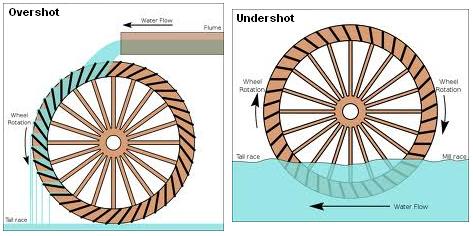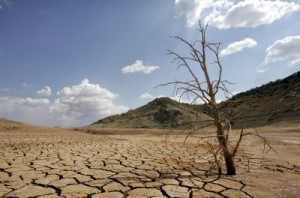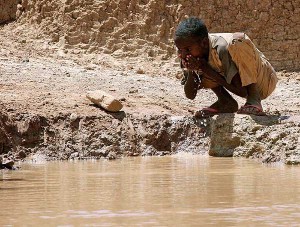In our article Introduction to Water Wheels we introduced Undershot and Overshot water wheels together with other alternatives.

Each different type of water wheel has its advantages and disadvantages as well as features which make them suitable or unsuitable for different situations. In this article we will present a detailed mathematical analysis looking at the maximum possible efficiency of the overshot and undershot designs of water wheel. Many thanks to retired radio physics lecturer Bill for sharing this work with us. Read more











